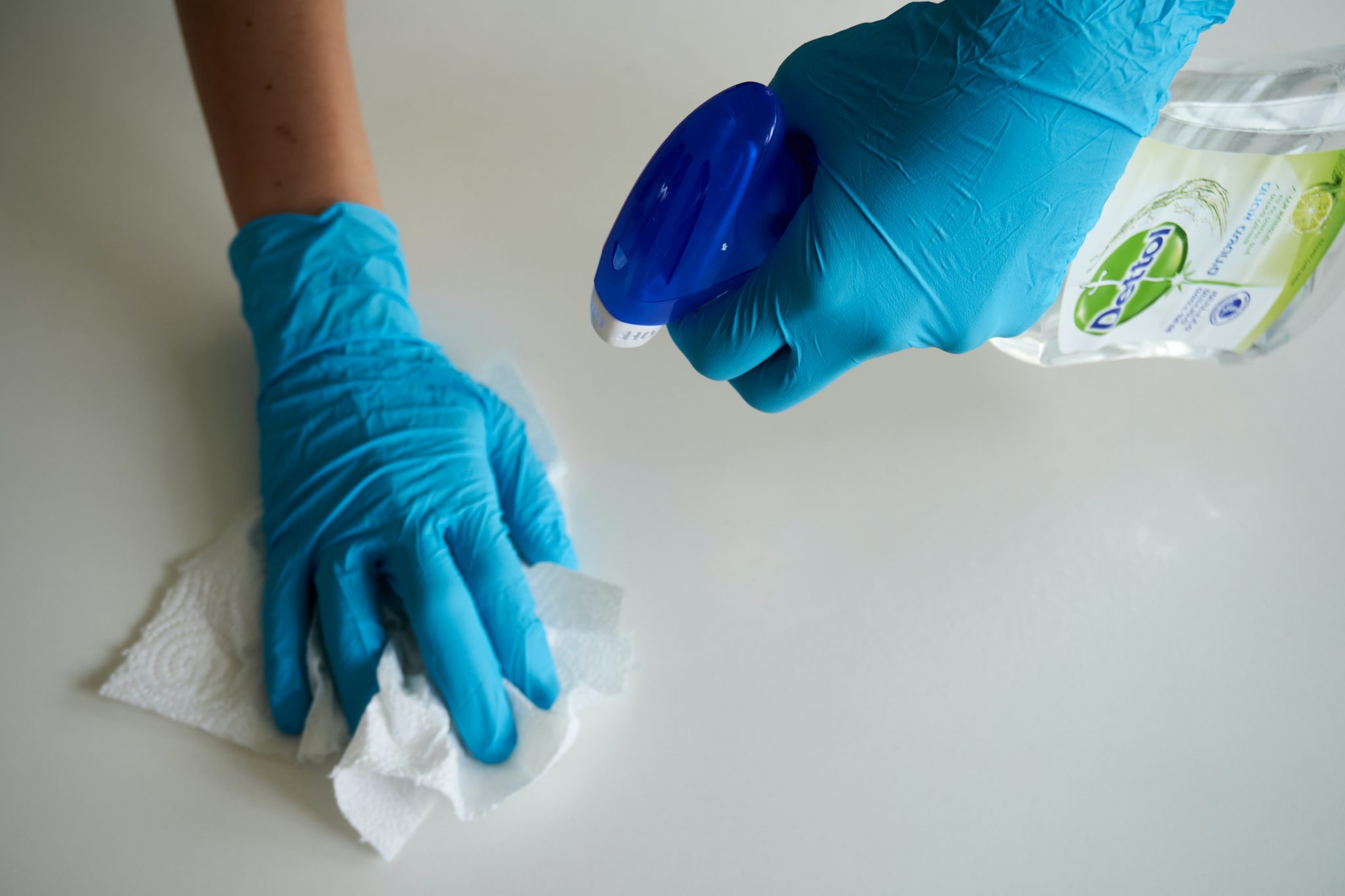Making the workplace a COVID-19 safe environment for staff, contractors, visitors and volunteers is not an easy feat. In the first part of our new blog series COVID-19 Tips for Employers, we break down the first steps towards a coronavirus-proof business.
This advice is based on the latest ‘Working safely’ guidance from the government. If you’d like to see a more detailed version for different industries, please click here.
Carry out a risk assessment

All employers want their staff to get back to a COVID-19 safe environment. Assessing the risks of an outbreak and putting in place measures to tackle them is the first step in that process.
Contrary to popular belief, you don’t need to produce a huge amount of paperwork as part of your risk assessment. In fact, if you are self-employed or have less than five members of staff, you don’t need to write anything down.
Instead, focus on identifying sensible measures to control the risks in the workplace. For example, you could:
- Increase the frequency of handwashing and surface cleaning at the workplace
- Implement social distancing: Everyone should stay two metres apart (or one metre with risk mitigation, where two metres is not viable)
- Avoid face-to-face working and use screen or barriers to separate people from each other
- Fix teams so that each person has limited contacts with only a few other people
- Keep activity time as short as possible
- Take steps to ensure people don’t need to raise their voices to each other, for example because of playing loud music or broadcasts. The risk of transmission is higher when people shout
- If social distancing guidelines cannot be followed in full during a particular activity, you should consider whether that activity can be altered so that social distancing can be maintained. If after redesigning it, social distancing guidelines still can’t be followed, you should consider if that activity is critical to business operations. If it is, then take all mitigating actions possible to prevent transmission between staff
Get you staff’s perspective, too. Listen to their concerns and suggestions and try to implement them in the risk assessment, if possible. Pay particular attention to the clinically extremely vulnerable among your workforce.
If you employ more than 50 people, you should publish the results of your risk assessment on your website as well.
Decide who should go back to work
After having COVID-19 safety measures in place, it’s time to decide who can and should get back to the workplace.
Currently, everyone who can work from home should do so. Those who can’t do their jobs remotely should go to the workplace, but only if COVID-19 safety measures are put in place. You should talk to your employees about their vulnerabilities, people they may be protecting at home, commuting and other individual characteristics before you decide who can come into the premises safely. Here’s what you can do to organise a safe return to the office:
- Consider the maximum number of people who can be safely on-site at any one time
- Plan a phased return to work
- Check on staff who work remotely – monitor their wellbeing and help them stay connected with their colleagues
- Provide equipment to people who work from home so they can carry out their duties safely and effectively

You should think carefully about members of staff who may be at higher risk of getting infected and developing an acute disease. This includes people who:
- are older males
- have a high body mass index (BMI)
- have health conditions such as diabetes
- are from Black, Asian or minority ethnicity (BAME) backgrounds
Clinically extremely vulnerable individuals’ return to the workplace depends on the tier your area is in.
- In Tiers 1 and 2, vulnerable members of your staff should work from home where possible. If working from home is not an option, they can attend work if COVID safety measures are in place
- In Tier 3, it is strongly advised that vulnerable members of staff work from home. If that is not possible, they can come to the workplace, however, consider offering them the safest possible role on-site or temporary adjusting their working patterns so they don’t travel during busy periods
Other people you should consider when determining who will return to the workplace are individuals with protected characteristics. For example, expectant mothers are entitled to suspension on full pay if suitable roles cannot be found.
Also pay attention to people living with clinically extremely vulnerable individuals. Advice on who is included in the clinically vulnerable groups can be found here.
You must not discriminate against anyone because of their protected characteristics, such as age, sex, disability, race or ethnicity – it is against the law.



